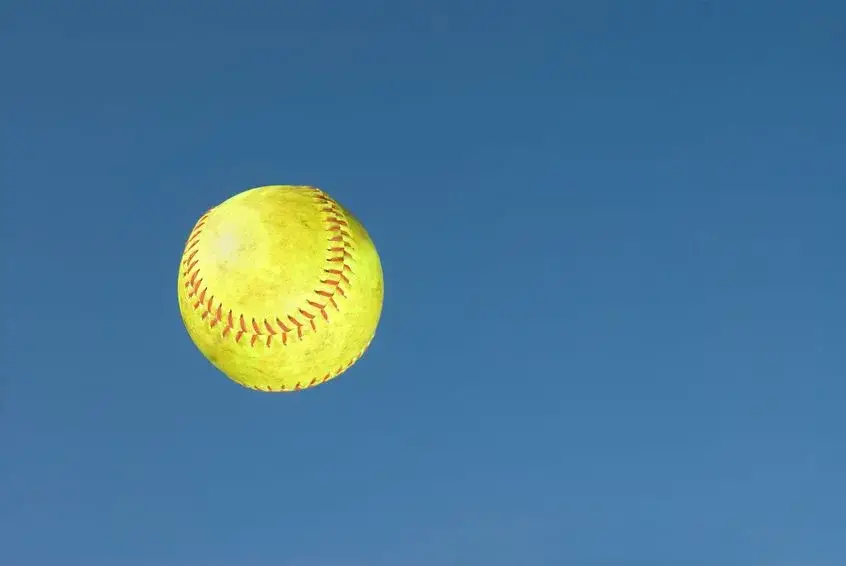
Errors are a part of the game. Softball fly ball errors can be one of the worst errors depending on the game situation and where it was missed. For infielders often the damage can be minimized but for outfielders it can be the worst thing that can happen. From the outfield it often results in extra bases and sometimes even runs scored. As we know, outfielders are the last line of defense which means we do not need to explain the importance of as close to perfection as possible. There is only one problem though. No one is perfect. The only thing that feels as bad or worse, is throwing the ball away on an overthrow.
Softball Fly Ball Errors
The key to recovering from any error is to locate the ball as soon as possible. A fly ball that is fumbled will most often land in front of the fielder so that would be the first place to look first. Once the fielder locates the ball, it is critical that she keep her eyes on it until it is securely in her glove and she is ready to either make a play or get it back to the pitcher. By looking up to where she might be throwing, her body is up and she can not completely reach the ball. or she might even kick it accidentally and then be chasing it while the runner or runners are advancing. Ball first is always the number one rule.
If the ball is still moving when it is retrieved, it is important to use both hands in gathering it into the glove. The glove comes down to the side, and the throwing hand pushes the ball into the glove before adjusting the grip to make the throw. The fielder needs to lower her body to the ball by bending her knees so that her upper body is still in position to see a play if needed. They eyes remain on the ball until it is in the glove, she then she looks up to hear and see where she is going to make a play if there is one.
If the ball is stationary, the throwing hand goes directly over and covers the ball sort of pushing it into the surface with her palm as she is getting a grip on it. By putting the hand over the ball, she does not risk pushing the ball as she would if she was trying to pick it up from the side or underneath. Another option is to open the glove beside the ball and scoop the ball into the glove with the throwing hand before gripping it to make a throw if needed. This takes practice though because it could cause more problems than solutions if it does not work. This is also where the eyes on the ball is so important.
Often the fielder will be flustered and be thinking about the error as well as worrying about the outcome of the play, not to mention what the coach might say to her when the team leaves the field to the dugout. There may even be people yelling and coaches calling on the runners to advance on the fielders mishap. Mental training skills are great tools for this type of situation because they will allow the player to calm down, relax, focus, and get the task at hand done.
By remaining calm and focused, it is less likely that another error will follow. The ability to get to the ball quickly and get it into the glove is important but the mind must remain in control and working at a slower pace than the body. This does not say that there is no urgency in recovering the ball. It is saying that if the mind is rushing the play there is more opportunity for error because the muscles will rush as well. This does not always lead to good mechanics on the throw after the ball is retrieved.
This applies to balls that have gone over a fielders head as well. One that she has to get to that she was not able to catch. It is a good idea to actually practice responses to errors. We spend so much time practicing getting things right and forget that recovering from getting things wrong is a skill as well. You could even say that it is more important in some cases. Take the time to allow the players to use not only their physical and technical skills but their mental skills as well to minimize the effects of an error, regardless of the situation.
